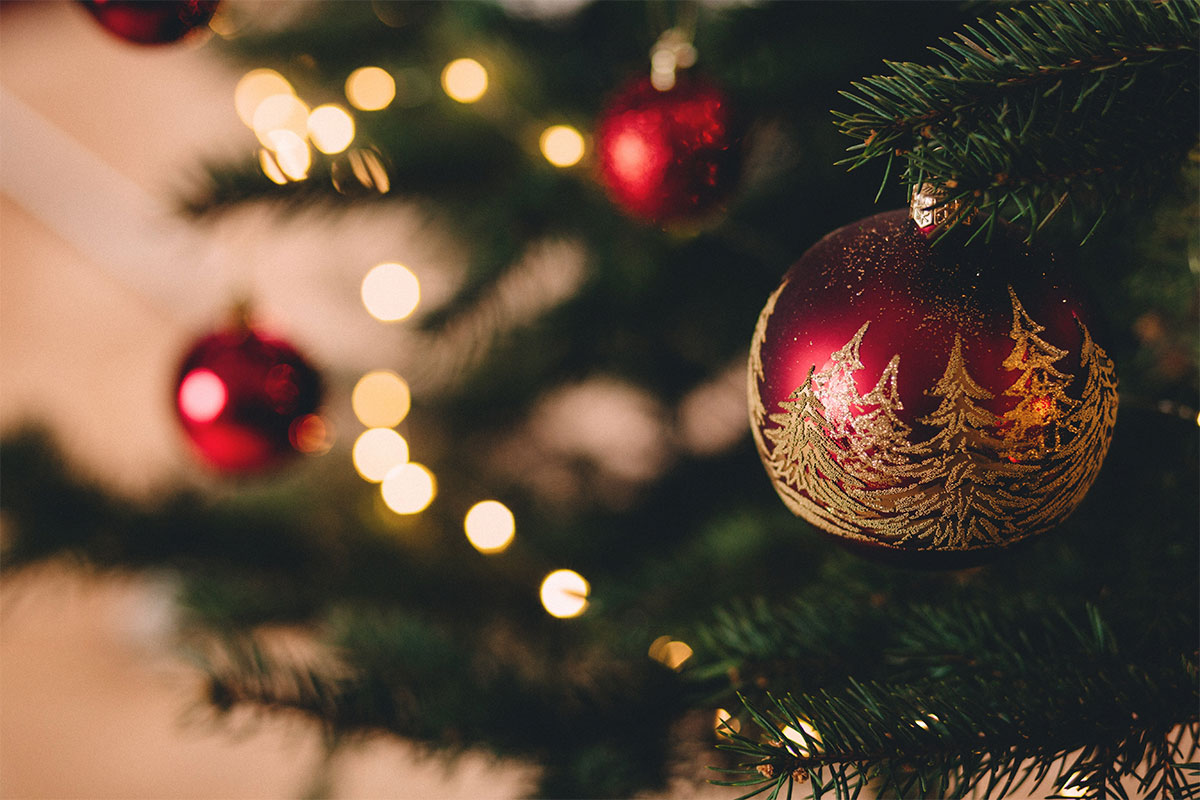
The holiday of Christmas is both a sacred religious celebration and a world-wide cultural and commercial phenomenon. Observations of Christmas today are both religious and secular in nature.
The Origin of Christmas
December 25th, Christmas Day, has been a federal holiday in the United States since 1870. Today we celebrate this holiday with our loved ones, decorating our Christmas trees, enjoying some good eggnog, and appreciating all of the magic and beauty that comes with this treasured holiday. It is, without a doubt, our favorite time of the year. Christmas is most often associated with the birth of Jesus. However, celebrations of the Yule solstice have existed in many countries around the world, centuries before his arrival.
In fact, the date of the birth of Jesus is not specified in the bible. It is actually believed he was born in the spring, but Pope Julius I chose December 25th as the official day to observe Christmas for a very specific reason. This date was particularly important for Julius was that it was the time of the Pagan festival of Saturnalia, a raucous celebration marked by excessive food and drink, abandoned rules, and loud celebrations in the streets. Julius was appalled by the reckless behavior that accompanied the festival, and it was his hope that declaring Christmas during this time would absorb current customs and bring more people into the church. The effort was only partially successful.
In the wave of European religious reform that took place in the 17th century, Puritan Oliver Cromwell vowed to rid Europe of their decadent holiday traditions and canceled Christmas. When Charles II was restored to the throne, however, Christmas was reinstated by popular demand.
In America, puritan forces were even stronger than they were in Europe. Christmas simply did not exist in early America, and in Boston, it was actively banned, with any such celebrations being punishable by law. In the Jamestown settlement, however, it was reported by John Smith that Christmas was being enjoyed by all and without incident.
Christmas wasn't fully embraced by Americans until the 19th century. At this time, a man named Washington Irving began a movement to shift celebrations from a raucous carnival free-for-all into a family-friendly day of peace and reflection. He effectively invented the traditions of Christmas we celebrate today.
Celebrating Christmas
The most popular custom of Christmas is the exchange of gifts with friends and family. The day is usually marked by Christmas parties where gatherings take place, a meal is shared, and the company of loved ones is enjoyed. Religious celebrants typically attend a special Christmas service at their local church, held to commemorate the anniversary of Jesus' birth.
Popular Christmas Symbols
Christmas is associated with a wide variety of imagery. The most popular symbols of Christmas include Christmas trees, Santa Claus, presents, reindeer, wreaths, mistletoe, candy canes, and elves. Red and green are the primary colors of the holiday, though gold and silver are also common.
Christmas Trees
Along with gift giving, decorating a Christmas tree is one of the most treasured pastimes of the holiday. The tree can be a real one cut from outside, or a life-like artificial tree that will last year after year. Families decorate their tree however they choose, usually incorporating elements such as ornaments, lights, tinsel, garland, and a big gold star at the top. At the bottom of the tree sits a pile of presents, eagerly waiting to be opened on Christmas morning.
Santa Claus
Interestingly, the most frequently represented face of Christmas is not that of Jesus Christ, but rather that of Santa Claus. The story of Santa states that he is a jolly old man who lives with his wife in the North Pole. Every Christmas Eve, he rides across the world in a sleigh full of toys for children, led by his trusty flying reindeer. He visits “nice” children’s homes, entering through a chimney, and leaving them presents under the Christmas tree for them to find the next morning. (Read more about the story of Santa Claus)
The Mistletoe
It is common to display mistletoe over a doorway at Christmas. Ancient Druids believed it could ward off evil spirits and bring good luck into a home. According to Norse mythology, the plant was a symbol of love and friendship, which is why we associate the mistletoe with kissing. (Read more about the tradition of mistletoe)